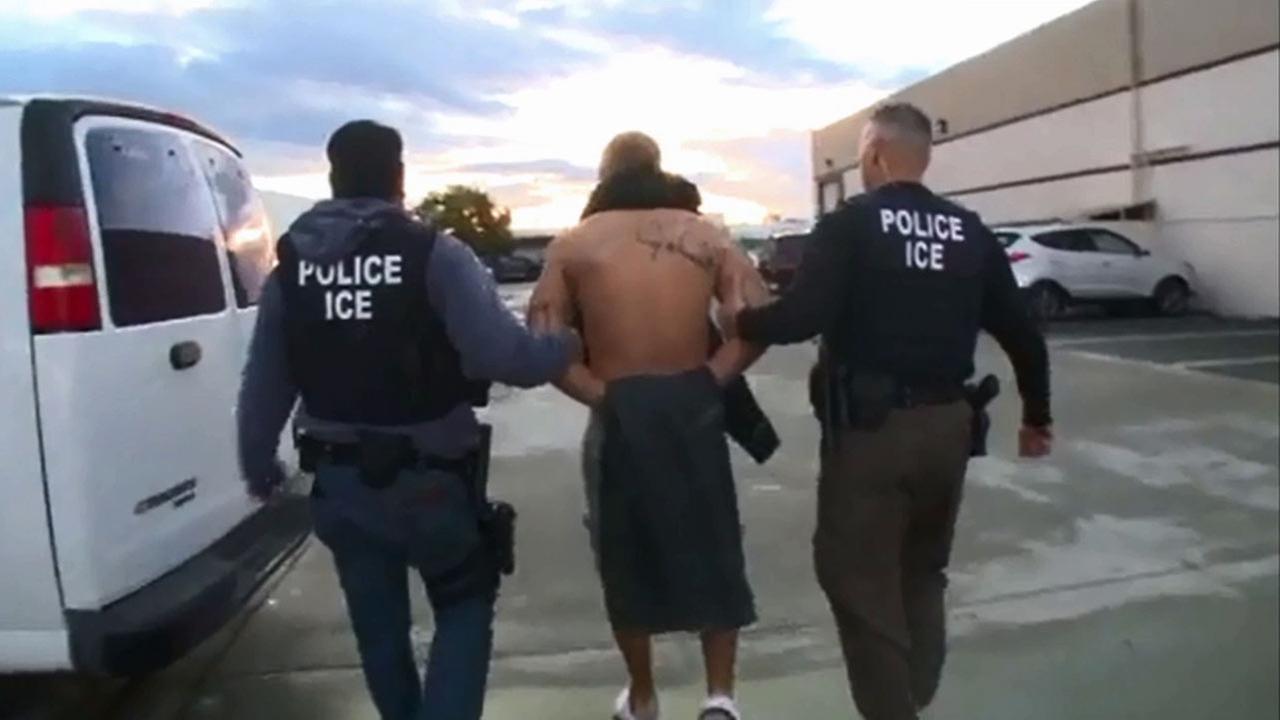Results 1 to 1 of 1
Thread Information
Users Browsing this Thread
There are currently 1 users browsing this thread. (0 members and 1 guests)
-
11-17-2016, 01:21 PM #1
How Trump’s Plan to Deport Criminal Illegal Aliens Would Work
How Trump’s Plan to Deport Criminal Illegal Aliens Would Work

November 17, 2016 3:00 AM
Public safety is the obvious but not the only reason for enforcing immigration laws.

Even as immigration-enforcement officers across the country are breathing what one deportation officer described as “a collective sigh of relief” following Donald Trump’s election, the president-elect’s announcement on 60 Minutes that he plans to start with the estimated 2 million criminal aliens has been met with a combination of scorn and skepticism, at least in the mainstream news media and illegal-alien advocacy circles.

But Trump’s enforcement approach is not only reasonable, it is very feasible, and will address the most disastrous failings of the Obama administration’s faux-enforcement regime, which brought interior deportations to a ten-year low and caused the release of tens of thousands of criminal aliens back to our communities to reoffend, instead of back to their homelands.

Said Trump: “What we are going to do is get the people that are criminal and have criminal records, gang members, drug dealers, where a lot of these people, probably 2 million, it could be even 3 million, we are getting them out of our country or we are going to incarcerate.”

Now, this statement is a significant softening in tone and scale from some of Trump’s campaign statements, in which he suggested that the entire population of nearly 12 million illegal aliens could be subject to deportation. It’s important to affirm that principle — that anyone here illegally is potentially at risk of being sent home — but it makes good sense to start with those who are also breaking other laws.

While some illegal-alien advocates have accused Trump of exaggerating the size of the criminal alien population, he’s quite right on this. According to Immigration and Customs Enforcement (ICE), the agency that is responsible for carrying out deportations in the interior, there are approximately 1.9 million deportable criminal aliens in the country. It is able to estimate this because, since 2012, ICE has been receiving the fingerprints of everyone who is arrested or booked into a jail, and because ICE has officers screening inmates in most major correctional systems (except some of the sanctuary cities, where they are denied access to inmates).

ICE’s estimate does not include all of the immigration fugitives who skipped out on their hearings; currently there are more than 940,000 aliens who have been ordered removed but are still here. Nor does it include all those who were kicked out of the country but returned; that figure is unknown. Nor does it include aliens who committed a crime but were never convicted (often because they jumped bail or were released by a sanctuary), or the many illegal-alien gang members who are on the streets in greater numbers, and who were formerly an arrest priority for ICE but are now largely left for local law enforcement to handle.

Come January 21, we can expect that all of these cases will again, appropriately, become a priority for enforcement. There is nowhere to go but up in terms of the effectiveness and efficiency of the immigration-enforcement agencies.
Read more at: http://www.nationalreview.com/articl...ns-deportation
Similar Threads
-
Funding, Court Process Could Slow President-Elect's Plan to Deport Illegal Aliens
By JohnDoe2 in forum illegal immigration News Stories & ReportsReplies: 20Last Post: 11-17-2016, 01:27 PM -
Fact-Check: Tim Kaine Is Wrong; Trump Vowed to Deport ‘Criminal Aliens’ on ‘Day One’
By Newmexican in forum General DiscussionReplies: 1Last Post: 10-05-2016, 03:02 AM -
Senate plan would deport illegal aliens entering U.S. after 2011
By JohnDoe2 in forum General DiscussionReplies: 7Last Post: 04-15-2013, 01:34 PM -
ICE looking to deport 400,000 criminal illegal aliens!
By legalatina in forum illegal immigration News Stories & ReportsReplies: 6Last Post: 05-30-2008, 03:09 PM -
U.S. Govt. Fails To Deport Criminal Illegal Aliens
By Shadow in forum illegal immigration News Stories & ReportsReplies: 0Last Post: 03-20-2007, 12:52 PM


 2Likes
2Likes LinkBack URL
LinkBack URL About LinkBacks
About LinkBacks




 Reply With Quote
Reply With Quote


San Diego to Receive Additional $39 Million for Illegal...
04-16-2024, 06:43 AM in illegal immigration News Stories & Reports